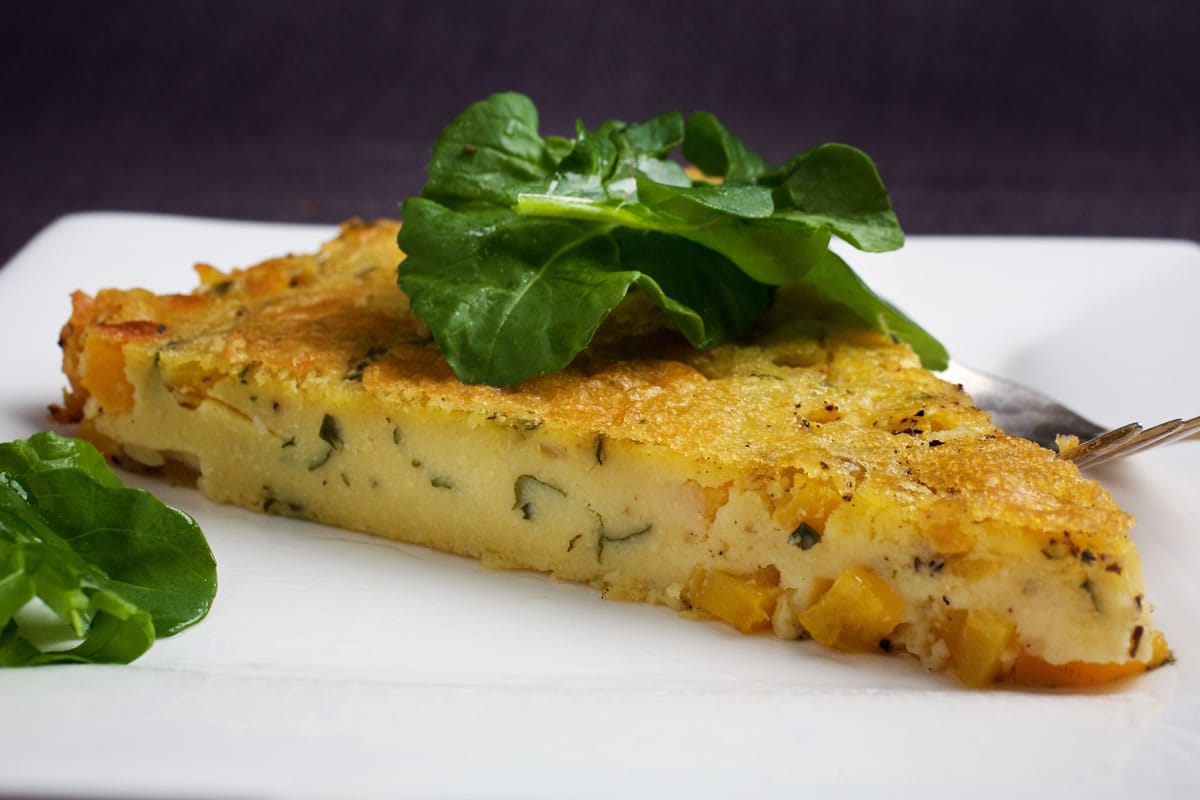I’m on a chickpea tear. There seems to be nothing this little bean can’t do, and I’m determined to explore all its possibilities.
One dish I’ve been making for years uses chickpeas in ground form. It goes by various names in its various iterations and homes — socca in Nice, farinata in Genoa, cecina in Tuscany, chila in Mumbai — but I think all modern cooks need to know how to make one no matter where they live or what kind of cuisine is their favorite. That’s because farinata (the name I’ll use this go-round) is as versatile and easy to make as any other pancake, which is really what it is — although it’s sometimes baked instead of cooked on the stove top.
Here’s basically how to make one: You whisk together the chickpea flour (also called gram flour or besan in Indian markets and garbanzo bean flour in natural-foods stores) and water, maybe some olive oil and salt, and you let it sit for a while so the flour absorbs the liquid. (Although I confess to having made it plenty of times without that wait, and it’s been plenty good, too.) Then you pour it into a skillet and cook. What emerges (depending on the ratio of flour and water, the amount of batter, the size of your pan and your cooking method) is something a little caky, a little dense, thicker or thinner, but always crisp on the edges and moist inside, with a nutty flavor.
It’s so good so many ways: simply seasoned with rosemary and salt and served as a party appetizer; as a base for just about any topping imaginable in a gluten-free spin on pizza; or, as I had it at a local takeout joint, drizzled with yogurt and topped with lentils.



